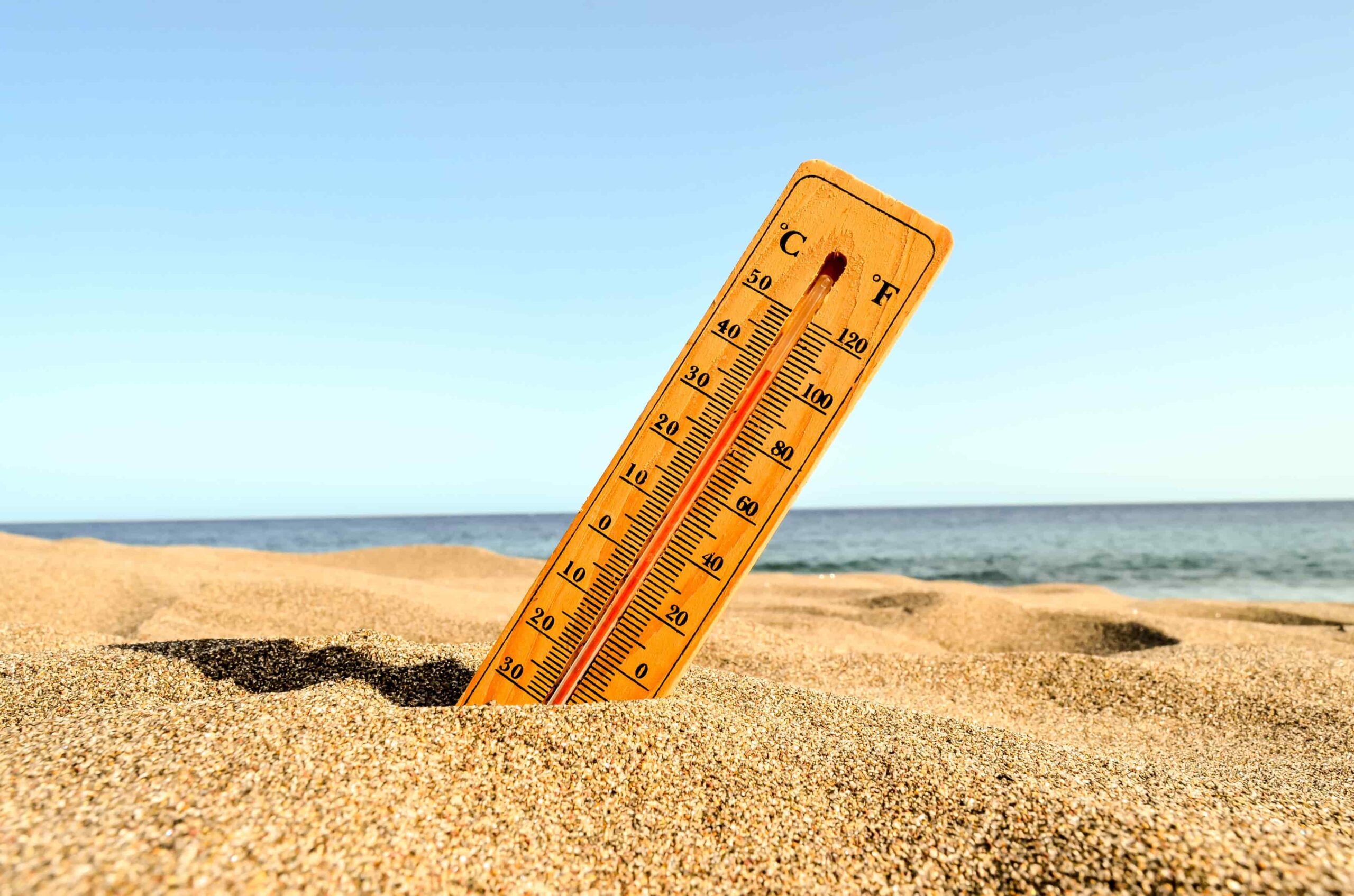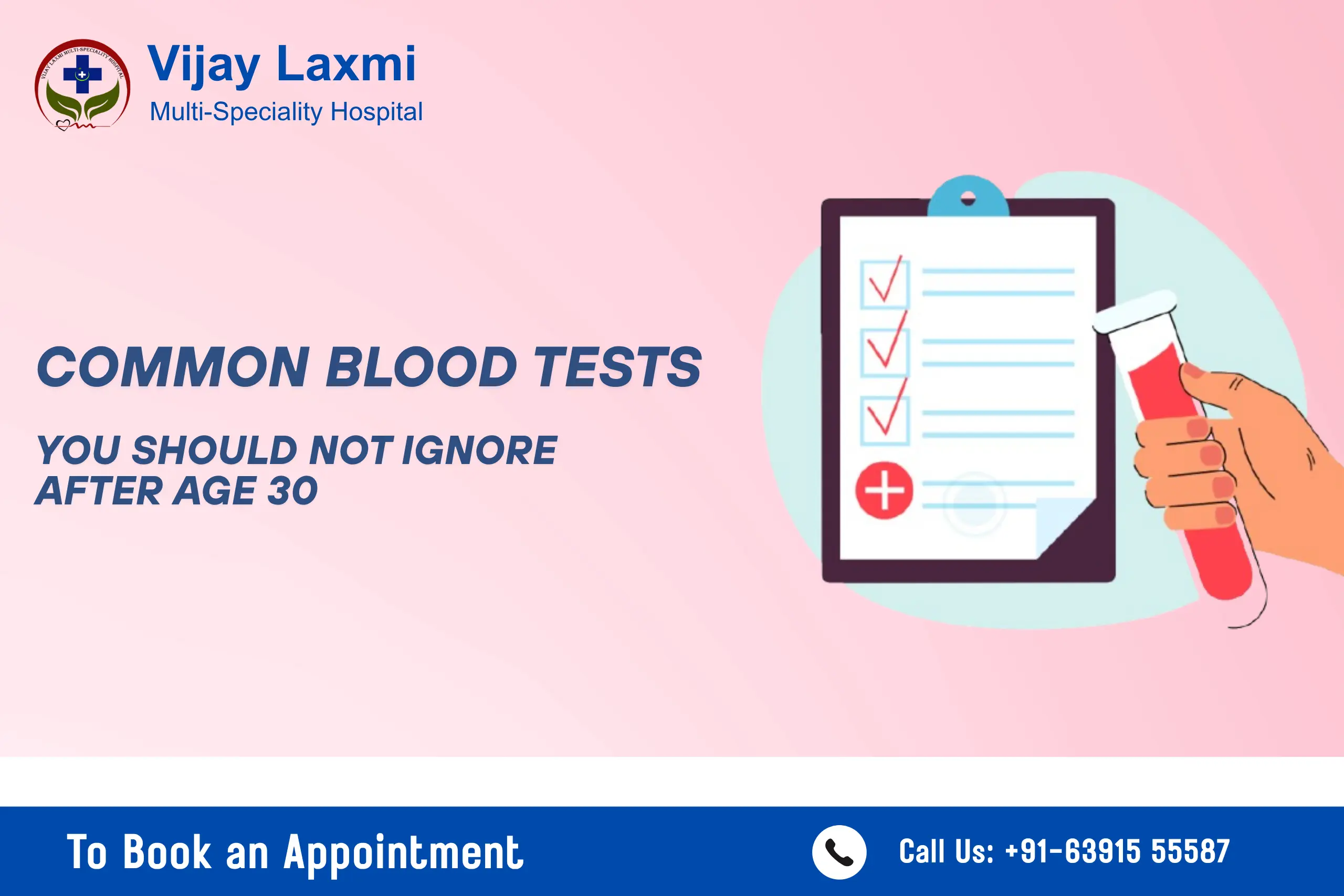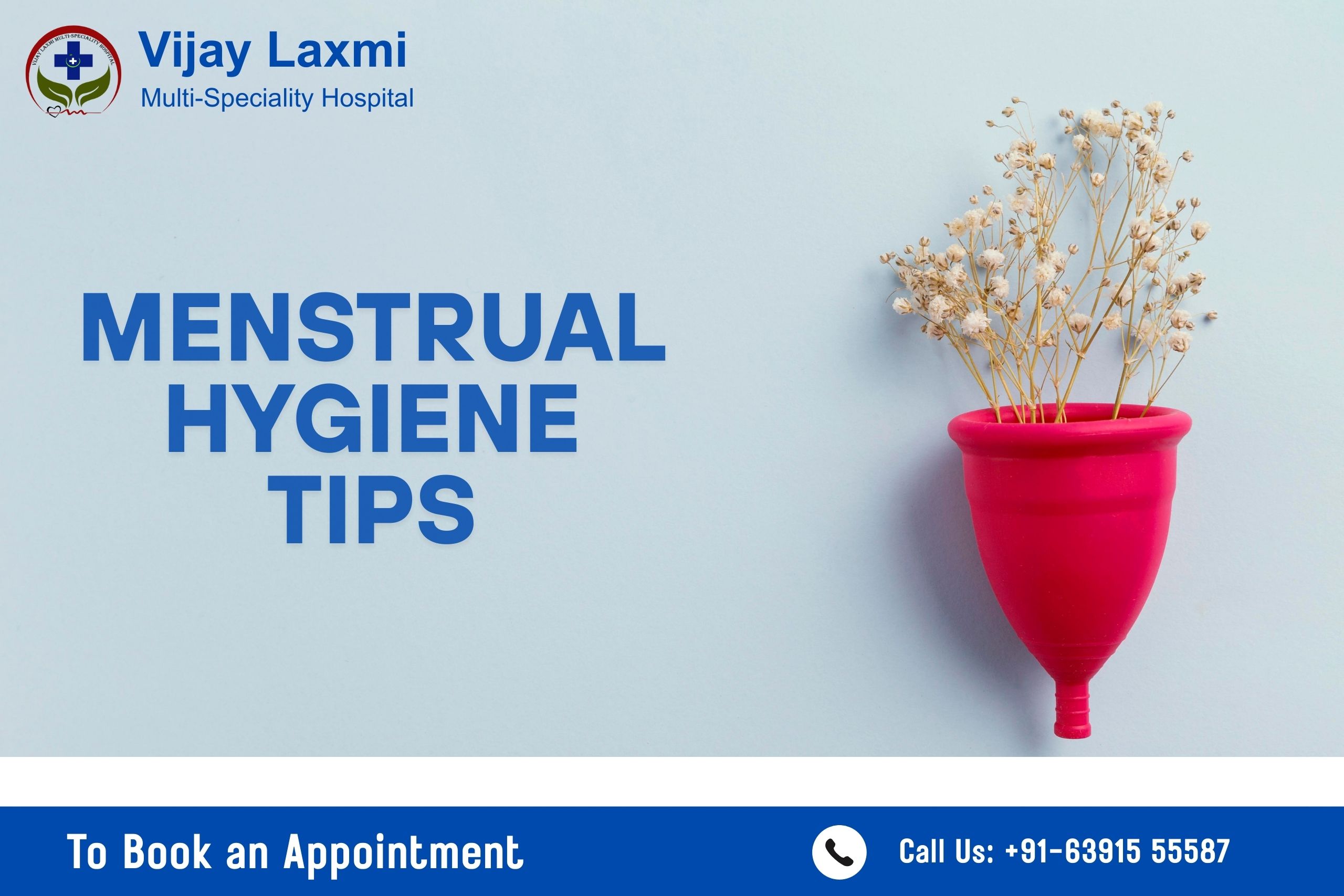
Managing Heatstroke During Jaunpur’s Summer | Prevention & Treatment
Alright, let’s talk about staying safe during Jaunpur’s scorching summers. You know how intense the heat gets here, right? We’re talking temperatures that can climb way past 40°C, and when you mix that with the humidity, it’s a recipe for trouble, especially heatstroke. At Vijay Laxmi Multi-Speciality Hospital, we’ve observed a marked increase in heat-related illnesses during these months, emphasizing the urgent need for comprehensive awareness and proactive measures. This guide aims to equip Jaunpur residents with essential knowledge about heatstroke, its causes, symptoms, immediate first aid, and long-term prevention strategies.
What Exactly is Heatstroke?
Think of it like this: your body has its own cooling system, but when it gets too hot, that system can break down. That’s heatstroke. It happens when your body can’t cool itself down anymore, and that can cause some serious damage to your brain, heart, and kidneys.
Understanding Heatstroke: A Deep Dive
Heatstroke, a severe form of hyperthermia, occurs when the body’s thermoregulatory mechanisms fail to dissipate excess heat. This results in a rapid rise in core body temperature, typically exceeding 40°C (104°F), leading to cellular damage and potential organ dysfunction. Unlike heat exhaustion, which is a milder condition, heatstroke is a medical emergency requiring immediate intervention.
What Causes Heatstroke?
- Prolonged Environmental Exposure: Extended exposure to high temperatures, particularly under direct sunlight, overwhelms the body’s cooling capacity.
- Dehydration and Electrolyte Imbalance: Insufficient fluid intake hampers the body’s ability to sweat, the primary mechanism for heat dissipation. Electrolyte depletion further exacerbates this issue.
- High Ambient Humidity: Elevated humidity levels impede the evaporation of sweat, rendering it ineffective for cooling.
- Strenuous Physical Activity: Engaging in intense physical exertion during peak heat hours generates excessive metabolic heat, exceeding the body’s cooling capacity.
- Certain Medical Conditions: Individuals with pre-existing conditions like cardiovascular diseases, diabetes, and respiratory disorders are more susceptible to heatstroke.
- Medications: Some medications, such as diuretics, beta-blockers, and anticholinergics, can impair thermoregulation.
- Age Factors: Infants, young children, and elderly individuals have less efficient thermoregulatory systems, making them more vulnerable.
- Clothing: Heavy, tight, or dark-colored clothing can trap heat and impede sweat evaporation.
Spotting the Signs:
- Elevated Core Body Temperature: A temperature above 40°C (104°F) is a hallmark symptom.
- Altered Mental Status: Confusion, disorientation, agitation, delirium, seizures, and even coma may occur.
- Hot, Dry, or Sweaty Skin: While classical heatstroke often presents with dry skin, exertional heatstroke may involve profuse sweating.
- Rapid, Strong Pulse: The heart works harder to circulate blood and cool the body.
- Nausea and Vomiting: Gastrointestinal distress is common.
- Headache and Dizziness: These symptoms indicate cerebral involvement.
- Muscle Cramps or Weakness: Electrolyte imbalances can lead to muscle dysfunction.
- Loss of Consciousness: This is a severe manifestation of heatstroke.
Immediate First Aid Measures: Acting Swiftly
Heatstroke is a life-threatening emergency requiring immediate action.
- Move to a Cooler Environment: Immediately relocate the affected person to an air-conditioned space or a shaded area.
- Rapid Cooling: Initiate rapid cooling by:
- Applying cold compresses to the neck, armpits, and groin.
- Spraying the person with cool water and fanning them.
- If available, immerse the person in a cool water bath. (Avoid ice baths)
- Hydration (If Conscious): If the person is conscious, provide cool water or an electrolyte-rich beverage.
- Monitor Vital Signs: Continuously monitor the person’s temperature, pulse, and respiration.
- Seek Immediate Medical Attention: Call emergency services or transport the person to Vijay Laxmi Multi-Speciality Hospital immediately.
Keeping Cool in Jaunpur’s Heat:
- Hydration is Key:
- Drink plenty of water throughout the day, even when not thirsty.
- Consume electrolyte-rich beverages, such as ORS, to replenish lost salts.
- Avoid alcohol and caffeinated drinks, as they promote dehydration.
- Dress Appropriately:
- Wear loose-fitting, light-colored, and breathable clothing made from cotton or linen.
- Use hats, sunglasses, and umbrellas to shield yourself from direct sunlight.
- Limit Outdoor Activities:
- Avoid strenuous activities during the hottest part of the day (11 AM to 4 PM).
- If outdoor activity is unavoidable, take frequent breaks in shaded areas.
- Dietary Considerations:
- Consume cooling foods like watermelon, cucumber, and yogurt.
- Limit intake of spicy and oily foods, which generate heat.
- Home Cooling Strategies:
- Use fans and air coolers to maintain a comfortable indoor temperature.
- Open windows for ventilation during cooler hours.
- Take cool showers regularly.
- Acclimatization: Gradually increase exposure to heat over several days to allow the body to adapt.
- Awareness and Education: Educate yourself and your family about heatstroke symptoms and prevention strategies.
We’re Here to Help:
At Vijay Laxmi Multi-Speciality Hospital, we provide comprehensive care for heatstroke and other heat-related illnesses.
- 24/7 Emergency Services: Our emergency department is equipped to handle heatstroke cases promptly.
- Experienced Medical Professionals: Our team of doctors and nurses are trained in managing heat-related emergencies.
- Advanced Diagnostic Capabilities: We utilize state-of-the-art diagnostic tools to assess the severity of heatstroke and associated complications.
- Intravenous Hydration and Electrolyte Management: We provide intravenous fluids and electrolytes to restore fluid balance and correct electrolyte imbalances.
Frequently Asked Questions (FAQs):
- Q: How long does recovery from heatstroke take?
- A: Recovery depends on severity, ranging from days to weeks.
- Q: Who is most at risk?
- A: Infants, elderly, and those with chronic medical conditions.
- Q: Can heatstroke be treated at home?
- A: Heatstroke requires immediate medical attention.
- Q: What is the best time to go outside?
- A: Early morning or late evening.
The Bottom Line:
Heatstroke is serious, but it’s also preventable. By staying hydrated, avoiding the hottest part of the day, and knowing the symptoms, you can stay safe. And remember, we’re here at Vijay Laxmi Multi-Speciality Hospital if you need us.
Stay cool, everyone!











